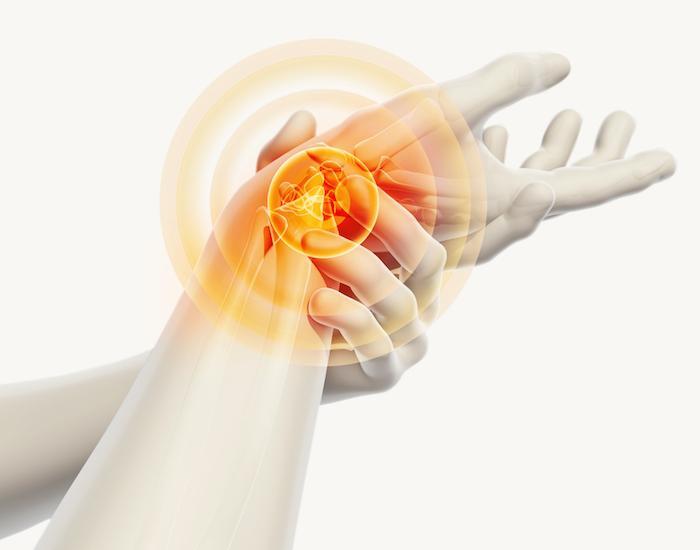Hand and wrist pain could be from a variety of conditions, some of which may go away on their own. However, if you have trouble gripping objects or have pain while you’re trying to sleep at night, the problem may be carpal tunnel syndrome. There are conservative treatments that can help, but when they don’t work, endoscopic carpal tunnel release may be the answer.
At Kellogg Brain and Spine, our team can help you figure out if carpal tunnel syndrome is the culprit behind your pain. Our esteemed neurosurgeon, Dr. Jordi Kellogg, specializes in endoscopic carpal tunnel release to help ease your symptoms.
What is carpal tunnel syndrome?
Your hand and wrist are made of many tissues, like bones, ligaments, tendons, muscles, and nerves, that allow you to grip things and move your fingers. One of the structures in your wrist is known as the carpal tunnel, which is a narrow passage your median nerve travels through.
The median nerve is one of the main nerves in your arm that runs from your neck down to your palm. When tissues around the carpal tunnel become inflamed, it causes compression of the median nerve, leading to pain and numbness in your hand.
So how does this happen? There are many things that can cause carpal tunnel syndrome. For example, if you’ve had a broken wrist in the past, the damage that the broken bone caused could lead to compression of your nerve.
Other common causes include:
- Arthritis
- Diabetes
- Medications
- Obesity
- Pregnancy
You may also develop carpal tunnel syndrome from work that requires you to perform repetitive motions with your wrist or hand. Also, if you use power tools that have a heavy vibration pattern, it could also lead to issues with your carpal tunnel.
Symptoms you could experience
One of the main symptoms that you may experience with carpal tunnel syndrome is pain. You may also have trouble sleeping at night due to the discomfort.
In addition to pain, carpal tunnel syndrome may also cause:
- Numbness or tingling
- Weakness in your hand
- Feelings of shocks in your wrist or fingers
- Tingling or pain in your forearm
- Trouble gripping objects
- Difficulty opening jars or doors
If these symptoms are negatively affecting your daily activities and conservative treatments haven’t been successful, Dr. Kellogg recommends endoscopic carpal tunnel release.
Endoscopic carpal tunnel release surgery
This procedure is a minimally invasive surgery that helps relieve the pressure on your median nerve. Dr. Kellogg does this by making a tiny incision on the inside aspect of your wrist. He then uses special instruments with a light and camera at the end to see inside your wrist. He cuts the transverse carpal ligament that’s putting pressure on your median nerve.
Dr. Kellogg makes sure the nerve is free of any other tissue that could causing the compression, and then he closes up the small incision with sutures.
The surgery is relatively quick, and shouldn’t cause too much discomfort afterward. You should feel some relief right away, and as your wrist heals you’ll have significant relief.
Dr. Kellogg may put your wrist in a splint or brace to keep it stable while it heals. At your follow-up appointment, he’ll check to make sure you’re healing properly. Once he clears you, you can return to all of your normal activities.
Physical therapy is a big part of postoperative recovery after carpal tunnel surgery. Therapy helps strengthen your wrist and increase its flexibility and range of motion.
Don’t continue to suffer from carpal tunnel syndrome when we have treatments available. Request an appointment while you’re here on our website. Or you can schedule by calling the nearest office — in either Portland or Wilsonville, Oregon.


